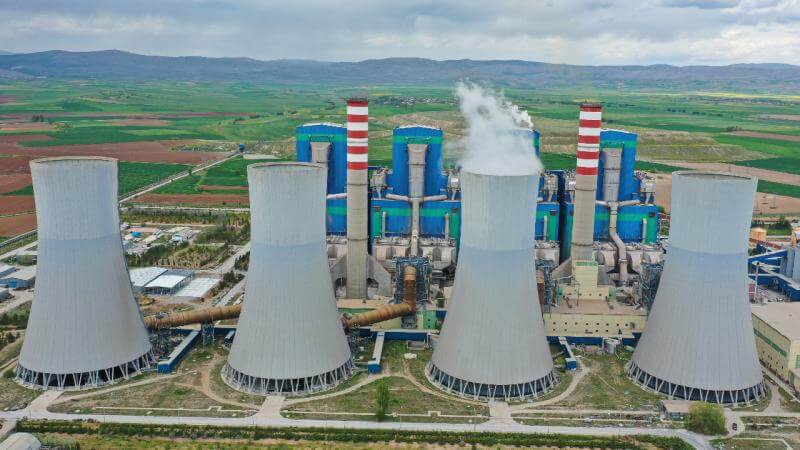Turkey overtook Germany and Poland to become Europe’s top coal-fired electricity producer in June and for the opening half of 2023 generated more coal power than Poland for the first time to emerge as Europe’s second-largest coal user behind Germany, according to Reuters.
Turkey’s first-half coal generation was the highest total for the opening half of a year since at least 2018 and contrasts with steady declines in coal-fired power seen in Germany, Poland and elsewhere across Europe in recent years, Gavin Maguire wrote in a commentary for Reuters, citing data from Ember.
Emissions from Turkey’s coal-fired electricity output also hit a new half-year high in the first half of 2023, topping 44 million tons of carbon dioxide and equivalent gases.
That emissions toll surpassed Poland’s 39 million tons for the same period, and elevates Turkey as a major source of coal pollution in Southern Europe that may soon eclipse Eastern Europe as the main hub for industrial emissions in the region.
Turkey’s steady climb in coal-fired electricity output is in line with its coal generation capacity, which has increased in nine of the past 10 years to 20.49 gigawatts as of the end of 2022.
Since 2018, Turkey’s installed coal capacity has climbed by more than 9 percent, which compares with declines of more than 15 percent in Germany, 20 percent in Italy, 44 percent in Romania and 14 percent in the Czech Republic over the same period. Even Poland, Europe’s most coal-dependent economy, has seen a modest net capacity decline since 2018.
Turkey is also forging a rare path by increasing coal’s share of its electricity generation mix, to nearly 36 percent for the first half of 2023, compared with almost universal reductions in coal use elsewhere in Europe.
While Turkey appears to be heading down a lonely path in terms of increasing coal dependence, it has made important advances in clean power development in recent years, including a more than 80 percent increase in generation from wind and solar sources.
Turkey’s electricity generation from all clean sources has risen by 40 percent since 2018, while generation from fossil fuels declined by more than 8 percent over that period.
However, electricity generation from natural gas accounted for a majority of the decline in fossil output, dropping by 18 percent from 2018 until 2022, due in large part to the spikes in global natural gas prices during that period and the recent disruption to gas flows following Russia’s invasion of Ukraine last year.
In turn, this has forced Turkey’s utilities to alter the generation mix, cutting natural gas’s share of the mix from 37 percent in 2017 to 23 percent last year.
To make up for the loss in dispatchable base load power generated from gas, utilities in Turkey have been forced to increase the use of coal, which has seen its share of the generation mix climb from about 32 percent in 2017 to more than 34 percent in 2022.
Coal’s share rose to nearly 37 percent in June of this year as Turkey cranked coal generation to make up for a drop in gas-fired output to its lowest level since mid-2020, when much of the global economy was stalled by COVID-19 lockdowns.
Coal’s share may climb higher still as overall power demand rises amid an enduring heatwave that has triggered a spike in demand for power-hungry air conditioners throughout the country’s south and west.
Further increases in coal-fired generation may in turn push Turkey farther ahead of Poland in terms of coal generation over the near term, and potentially narrow the gap more on Europe’s top coal user, Germany.
Over the longer run, however, Turkey has ambitions to boost solar power capacity fivefold and wind supply capacity threefold by 2035 in an effort to decarbonize its power sector and become more energy independent, according to Enerdata.
